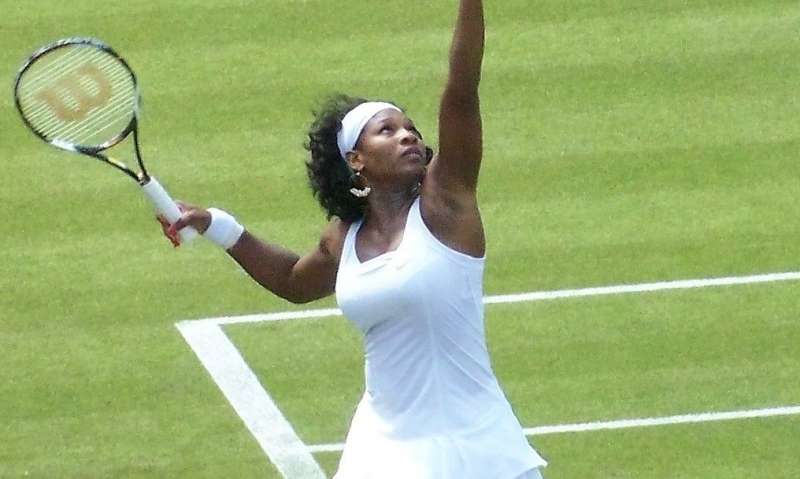How Professional Athletes Are Challenging Age Limits in Sports

Elite athletes are now competing longer and setting new age records thanks to advances in training, medical care, and nutrition. Discover how science is redefining age in sports.
In the world of elite sports, the notion of athletes being past their prime is rapidly changing. Increasingly, veteran athletes are not only competing at high levels but also setting new records for age and performance. Notable examples include Jess Fishlock, who at 38 became the oldest goalscorer in UEFA Women's Euro history, and Portuguese defender Pepe, who at 41 played in Euro 2024—the oldest to do so in European Championship history. Similarly, football icons like Cristiano Ronaldo (39), Luka Modrić (38), and Keylor Navas (38) continue to make significant appearances.
This trend extends beyond football. Serena Williams won the Australian Open at age 35 while pregnant, Roger Federer secured a Grand Slam at 36, and Rafael Nadal became the oldest French Open champion at 36. Novak Djokovic, now 38, clinched Olympic gold in 2024 and remains competitive in Grand Slam tournaments.
In American sports, Tom Brady retired at age 45 after an extensive NFL career, while LeBron James, age 39, remains a dominant figure in basketball, winning the NBA Cup with the Lakers in 2023. These achievements symbolize a larger shift in sports where athletes are maintaining peak performance longer.
Scientific research supports this phenomenon. A study on Olympic athletes showed that the average age of male Olympians increased from 25 in 1992 to 27 in 2021, with female athletes rising from 24 to 26 in the same period. In football, the average age of players in the UEFA Champions League increased by nearly two years from 1992 to 2018.
So, how are these athletes able to extend their competitive years? The answer lies in advancements in training, medical care, recovery, nutrition, tactical intelligence, and financial incentives.
1. Smarter Training: Modern athletes utilize personalized training programs supported by cutting-edge sports science tools. GPS tracking, heart rate variability (HRV), and biomarker analysis help optimize performance, monitor recovery, and prevent injuries. Older athletes, who require longer recovery periods, benefit from these precise metrics. The team approach—comprising sports scientists, coaches, and analysts—further enhances performance.
2. Improved Injury Prevention and Medical Support: Regular fitness assessments and musculoskeletal screenings identify potential vulnerabilities early. Innovations in surgical techniques and biological therapies have made recovery from injuries like ACL tears faster and more effective, allowing athletes like Zlatan Ibrahimović to return to top form within months.
3. Enhanced Recovery and Nutrition: Recovery methods such as cryotherapy, compression therapy, and optimized sleep protocols aid in muscle repair. Diets rich in polyphenols and tailored supplements like glucosamine and chondroitin support joint health and reduce inflammation, enabling sustained training and quicker recovery.
4. Experience and Tactical Skills: While physical speed and strength decline with age, athletes often compensate through improved game intelligence. Veteran players excel in positioning and strategic play, relying on their accumulated experience to maintain high-level performance.
5. Financial and Legacy Motivation: Many athletes stay in sports longer due to lucrative contracts and branding opportunities. Cristiano Ronaldo’s two-year extension with Al-Nassr at an estimated £492 million exemplifies how financial incentives and the desire to solidify a legacy motivate prolonged careers.
In conclusion, while aging cannot be halted biologically, sports science and medical advances are enabling athletes to delay the effects of aging, pushing the boundaries of performance into later life. This progression suggests that more veteran athletes will continue to defy expectations and compete at elite levels well into their 30s and beyond.
Stay Updated with Mia's Feed
Get the latest health & wellness insights delivered straight to your inbox.
Related Articles
How HPV Hijacks Immune Cells to Promote Cancer Progression
New research reveals how HPV16 manipulates immune cells by increasing IL-23 production, enabling cancer to evade immune defenses. This breakthrough paves the way for improved therapies combining IL-23 inhibitors with vaccines to fight HPV-associated cancers.



